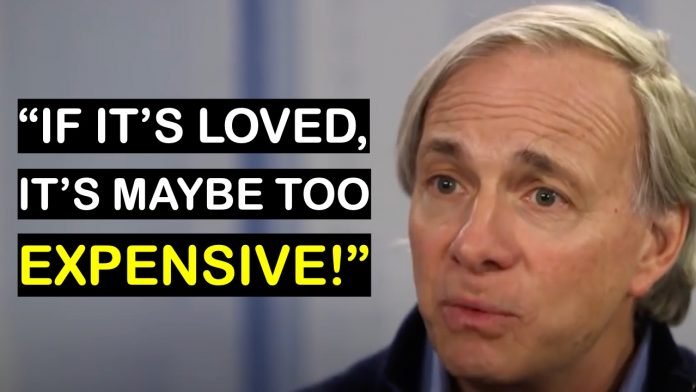
Shorting stocks is a way to profit from falling stock prices.
A short position is one that bets against the market, profiting when prices decline.
To sell short is to take such a bet. This is opposed to a long position, which involves buying an asset in hopes the price will rise.
A short seller borrows shares from an existing long and pays interest to the lender. This process is often facilitated behind the scenes by one’s broker.
If there are not many shares available for shorting (i.e., hard to borrow), then the interest costs to sell short will be higher.
A fundamental problem with short selling is the potential for unlimited losses. Shorting is typically done using margin and these margin loans come with interest charges.
In this video, Ray Dalio talks about how he decides whether to short or buy the market. He gives his opinion in two examples: the Brazil stock market and the South Korea stock market.
Warning: This video is to show you Buffett’s opinion about the interest rate and future market returns. Please do your research before doing any investment. A good balance between return and risk is the key to investment success.
Source: Finance Jane.



